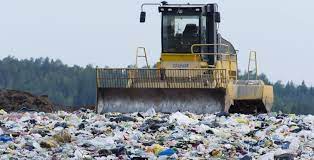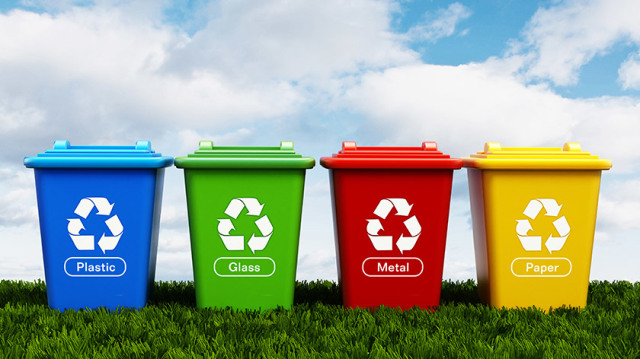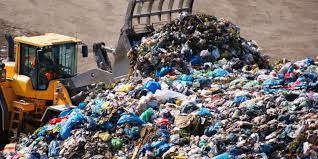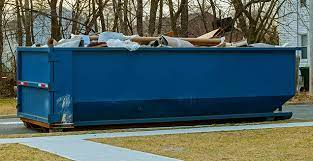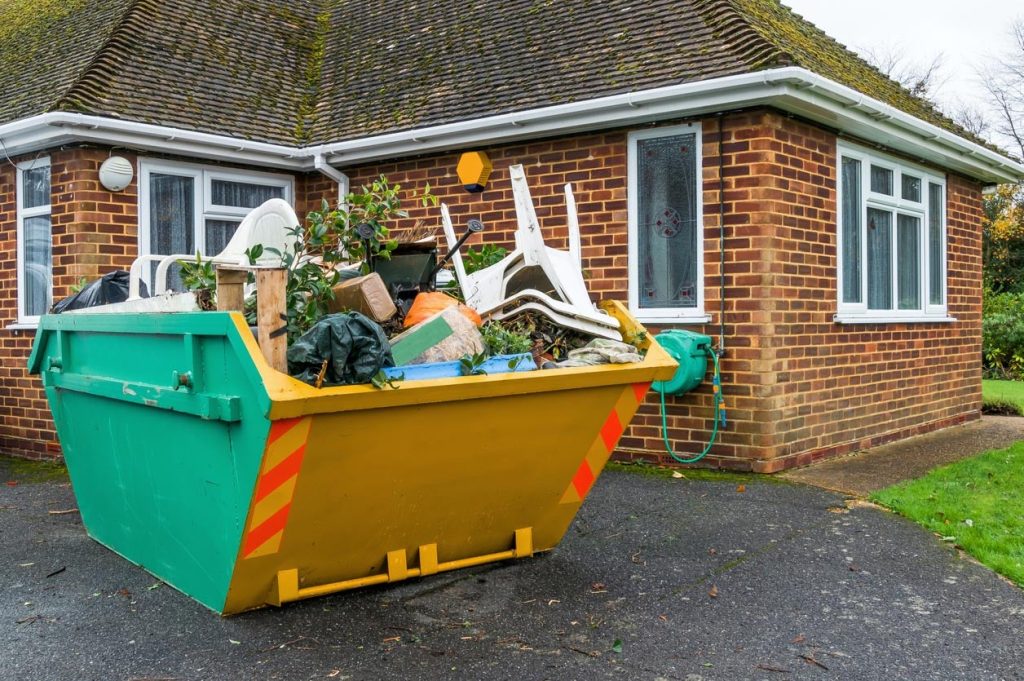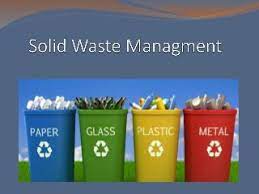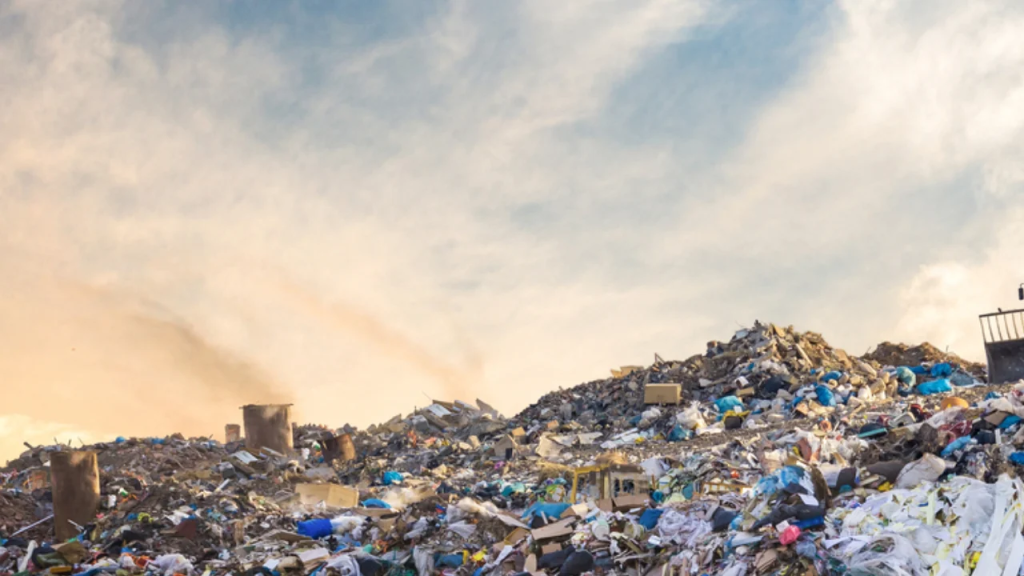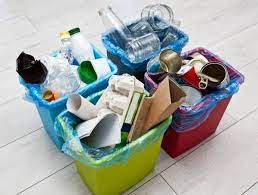Landfill Of Waste Management In USA
American Dumps For Getting Rid Of Trash
Modern landfills in the U.S. are well-run and well-built places where. Can throw solid waste away. In the United States, landfills are found, built, run, and watched to ensure they meet federal rules. They are also made to protect the environment from pollutants often found in the waste streams of the United States.
American Garbage Dumps
There are landfills all over the world, even in the United Kingdom. Some places do “land raising,” which means they put trash right on the ground, while others do “landfilling” (filling a hole in the ground with the rubbish). In the United States, the trash in these piles is a mix of trash from businesses and homes.
People always make trash; it’s just a fact of life. Waste is a big problem that needs to be solved. The average home in the United States makes more than a tonne of trash every year. All of this adds up to 31 million tonnes per year, the weight of 3.5 million double-decker buses or enough to go around the world 2.5 times.
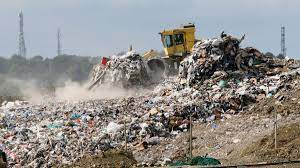
A lot of the trash we throw away is called “municipal solid waste” (MSW). The World Bank says municipal solid waste (MSW) comprises non-hazardous waste from households, commercial and business establishments, institutions, non-hazardous industrial process wastes, agricultural wastes, and sewage sludge. Various jurisdictions have different definitions.
Most of the trash thrown away in landfills in the United States comes from commercial and building projects. This kind of trash is called “inert waste” because it doesn’t react with other trash and can be put in landfills.
Even so, most commercial trash is made up of things that don’t break down, like dirt, bricks, soil, and concrete. When the site is full, inert waste is often used to make roads. After the land has been covered and deemed “safe,” it might be possible to use it for something else, but strict rules are in place.
Landfills are placed, built, run, and watched carefully to ensure the rules are followed. They are also made to protect the environment from pollutants often found in the waste streams of the United States.
On-site environmental monitoring systems are used to find landfills and are not allowed to be built in “environmentally sensitive” places. These sensors look for signs of gas leaks from landfills and groundwater contamination.
When A Trash Dump In The U.S. Is Full, The Following Things Happen
When a landfill is full, it is closed down and fixed up so that . can turn it into green spaces like parks and community grounds. After being capped, these will stay in good shape for up to 30 years.
Depending on the kind and amount of trash, it could take a landfill a long time to fill up. A final layer of clay and plants is then put on top of a landfill in the United States. This top layer makes a barrier that keeps rain and smells apart. When the area has been cleaned up, will plant it for its intended use, which could be light farming or recreation.
In The United States, Landfills Are Bad For The Environment
It seems like landfills are not good places. In the United States, the problem with landfills isn’t just that they make ugly garbage piles that keep getting bigger. They also hurt the environment and animals and cause global warming. They also do a lot to make the air and water dirty. Trash takes a long time to break down in landfills, which worries people who will live in the future.
The biggest problems with landfills in the United States are toxins, leachate, and greenhouse gas emissions. Bacteria that grow from organic waste break down the trash. In the United States, leachate and landfill gas are made when weak acidic chemicals are made by rotting trash mixed with waste liquids.

